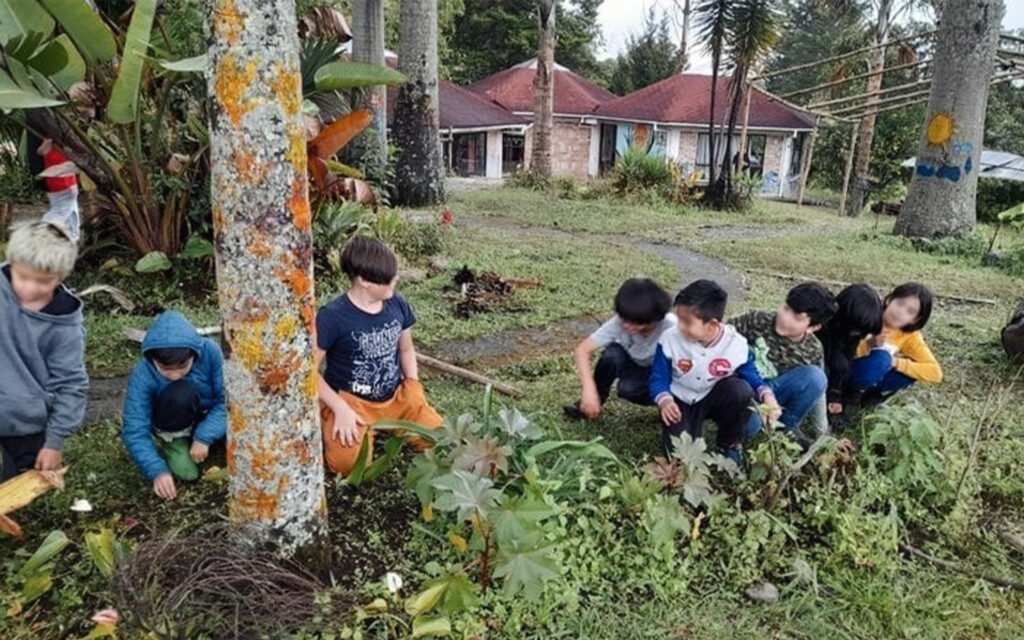
Can you imagine a school without desks, where your classroom is nature itself? That’s Amalaka, a unique school in Colombia (and probably in all of Latin America) situated within a nature reserve.
This quality is not only granted by its spaces but also by its educational approach, which takes learning to unexpected yet effective levels, aiming to form well-rounded human beings in connection with their environment.
If you’ve grown up in a city, under a rigid educational system where the teacher imparts information to memorize, classrooms with meticulously arranged desks, and an impeccable, unchanging uniform, Amalaka will likely seem strange to you. You might even feel bewildered because this educational approach doesn’t match the conventional idea of what a school should be. However, don’t make the mistake of prejudging. Don’t despair; soon you will understand what this institution is about and its intriguing proposal to educate individuals with a greater social and environmental consciousness. Something that is undoubtedly needed in today’s world.
Either way, you might infer the benefits of growing up surrounded by nature, as it plays a significant role in our physical, mental, and emotional well-being (to delve deeper into this topic, we suggest visiting our article titled “The Importance of Nature in Early Childhood Education”). Even a trip to the park or a weekend in the countryside can bring about a positive change for a child.
A Special Place
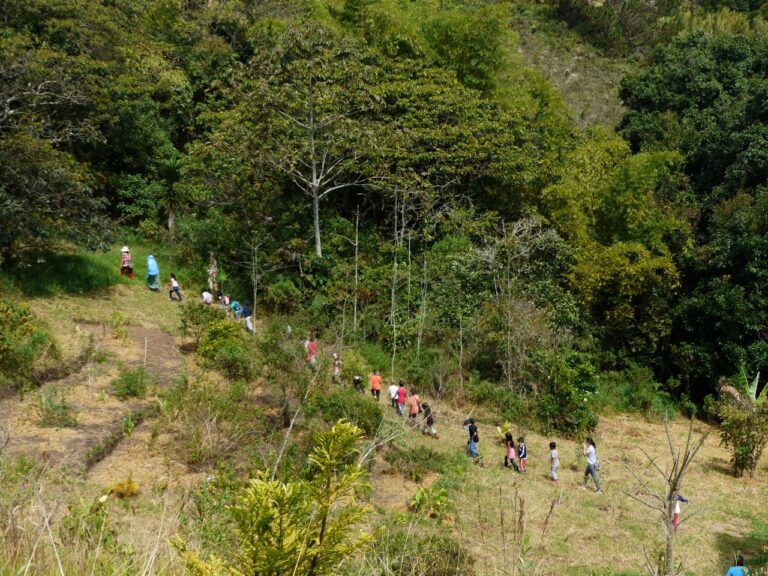
The word “Amalaka” means a place where I feel good, and what better place than amidst nature.
Amalaka is located in the municipality of Totoró, Cauca, on the outskirts of Popayán. It spans 125,100 m2 and is nourished by the Cofre River, which connects the Puracé and Munchique National Natural Parks. Because of this, Amalaka boasts a rich biodiversity of flora and fauna species.
Thus, the school founded by Ana María Frankhauser is surrounded by rivers, forests, wildlife, and even indigenous and peasant communities.
Three Decades of Educational Innovation
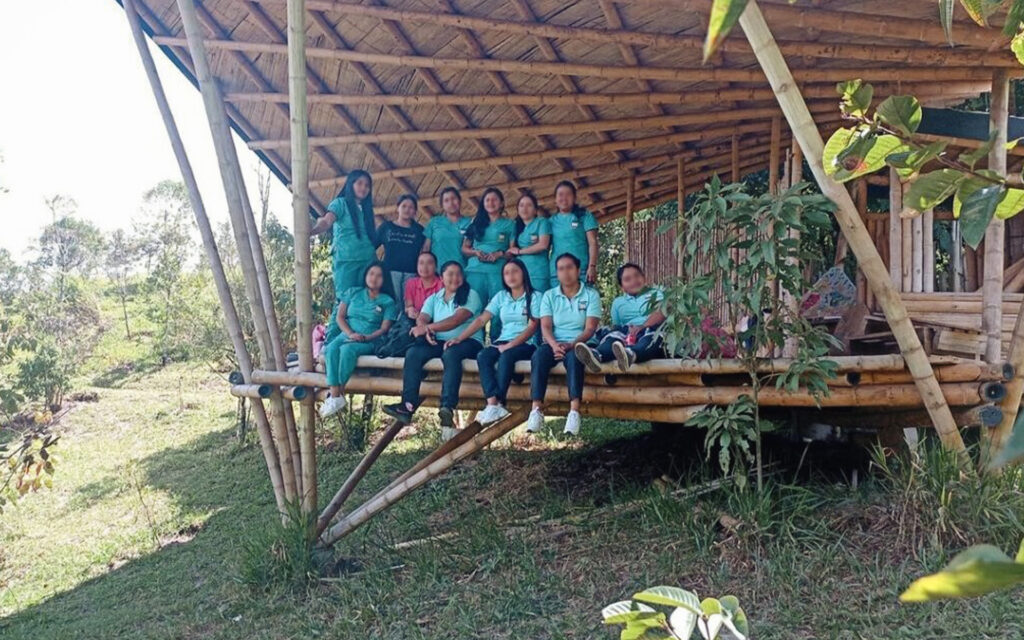
It began over 30 years ago with a video as part of an educational project that brought workshops to children in the area. In 1996, Ana María founded the school after recognizing the limitations of the traditional educational system, aiming to develop their individual and collective capacities.
Amalaka begins to operate as a formalized school with a unique educational approach. This environmental education initiative brought numerous challenges, primarily stemming from external perceptions that influenced parents’ expectations of formal education.
The Struggle of Amalaka
As expected, the toughest struggle was integrating parents and teachers into Amalaka’s educational proposals. As Ana María herself recounts in her article “It Takes a Village to Educate a Child,” parents questioned what their children were learning there. They had preconceived ideas about what school learning should be like and were skeptical about agricultural or livestock activities being part of formal education. These demands stem from societal characteristics, uncertainty, and fear of the future. Today, however, parents strongly support the school.
Beyond the school, the center hosts various activities for the area, from organic gardens to sustainable tourism, involving neighboring communities and positively impacting all residents. It’s important to them that the community supports the education of the students and that the approach extends beyond the school, recognizing that learning is not confined to the classroom but permeates every aspect of our lives. Therefore, it’s crucial for parents, families, teachers, and communities to be engaged in the model, forming a cooperative network of education. This network also includes volunteers from different countries, whose presence increased from 2013 onwards, spreading this educational model to every corner of the world.
The Most Sustainable School
The school’s environmental focus permeates every aspect, aiming for self-sustainability and circularity as its ultimate goal. These efforts led to its recognition in 2023 as Latin America’s most sustainable school. It also won the international prize among over 1300 participating schools from Colombia, Brazil, and Mexico. Awarded by the OEI and Santillana Foundation, the accolade celebrated its ‘Conservar para transformar’ project. This initiative promotes environmental protection and conservation, born from the necessity to rehabilitate eroded land into a state-recognized natural reserve.
Education should promote well-being and happiness (…). All schools should address environmental issues not as a subject, but as something integrated across the curriculum.”
Ana María Frankhauser for ColombiaVisible
A School Beyond the Ordinary
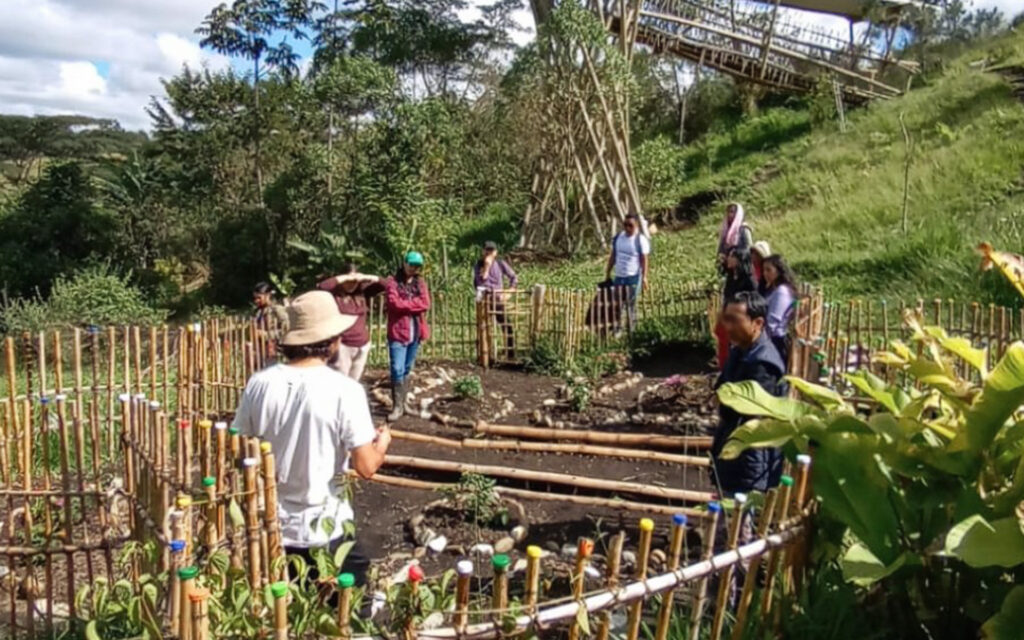
Amalaka’s approach is grounded in various alternative educational ideas with a social focus. It primarily draws from the Freinet pedagogy, developed by the French teacher and pedagogue Célestin Freinet.
This pedagogy places the student and their interests at the center, advocating for autonomous, practical, and participatory education. It emphasizes individual skills and qualities while also fostering teamwork, cooperation, socialization, and sharing.
Unlike the traditional system, this approach advocates for outdoor research, observation, and exploration through the senses. This natural method of learning emphasizes that knowledge exists outside, in the experiences that students live through. Therefore, it’s crucial for them to feel that freedom and connection with nature, which a regular classroom setting does not provide.
A Traditional School
At Amalaka, the primary focus is on sustainability, humanism, and systemic approaches, with attention to psychosocial aspects. They emphasize project-based learning and workshops based on student interests, believing that genuine knowledge should arise from within each individual. Their thematic pillars include high-quality alternative education, cultural management, and environmental awareness, along with sustainable rural development.
A traditional school operates vertically, with authoritarian relationships that promote confinement, punishment, and immobility, leading to behaviors of heteronomy, submission, and fear. These conditions affect the development of abilities such as tolerance and coexistence. The focus tends to be more on a student’s ability to memorize knowledge rather than on learning to think critically, work on their own skills, and pursue their vocations. Forced learning can diminish a child’s imagination and their love for knowledge.
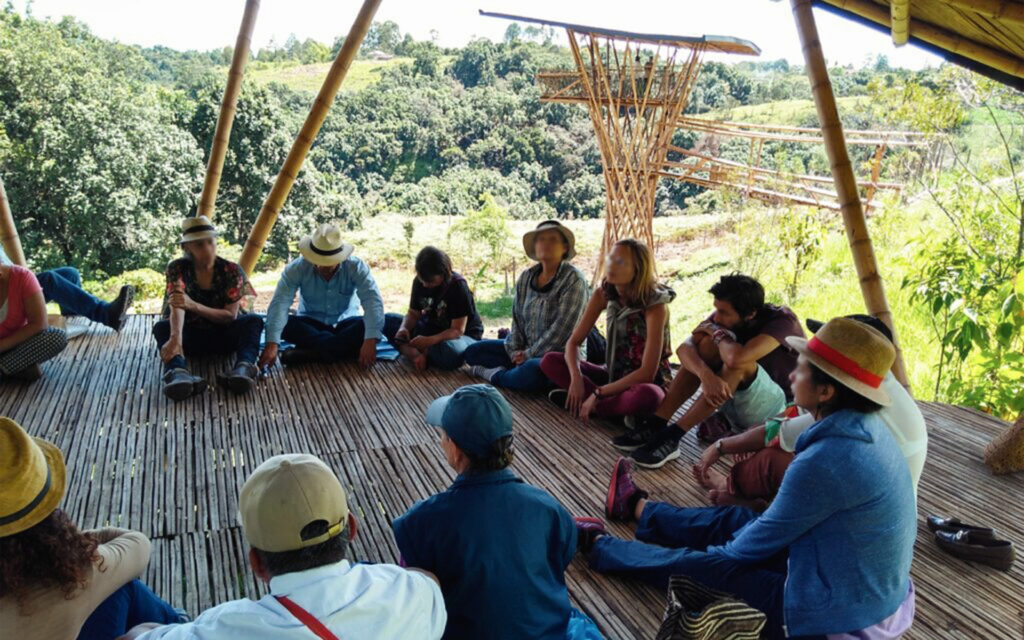
So, how does learning work? Just as it happens in nature, intrinsically. Children discover textures and sensations. They learn through play, from what they perceive with their senses. Thus, learning is not linear; students develop their skills by exploring, probing where to go, advancing, stepping back to observe, advancing again, examining; it is not governed by academic texts.
Another Perspective on Education
Here is proposed another way of viewing education, with the entire educational community as a key component. The school is just one part of this network and is equally important as the family, culture, or political context.
This is why the alignment of teachers with the pedagogical style is of utmost importance and is a lengthy process that requires time and patience from both parties. It’s crucial to emphasize that the relationship is one of teamwork between teachers and students, not hierarchical. Teachers function as guides to help shape ideas when necessary, so that perceptions can be transformed into proposals that lead to action or reflection, appreciated in the form of stories, themes, or projects. They provide structure and discipline as needed, and they are attentive to the rhythms and stages of each student. Their challenge also lies in working with abstract concepts (such as time and space) and relating them to the core subjects of education, combining globalization and development with tradition and identity.
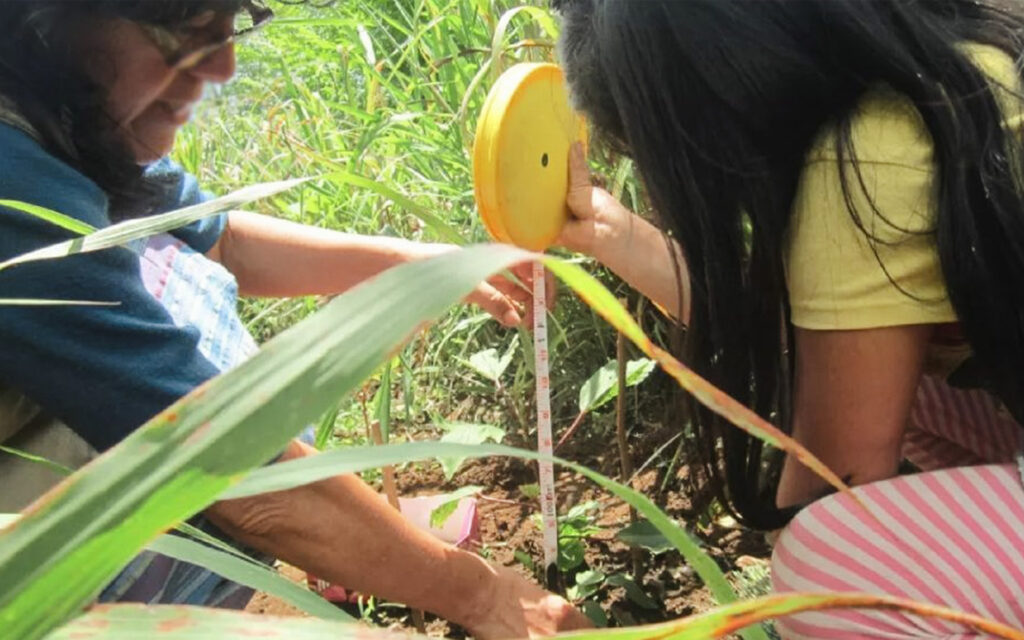
Interdisciplinary work is the norm at this school. Projects blend different disciplines to connect the school curriculum with everyday life and the surrounding environment. This approach is particularly enriching because chance and unexpected situations allow students to propose agile solutions and systematize their experiences. Research is encouraged, and learning takes place in various settings such as field trips and outings.
Individuality in Projects
The projects consider individuality, so all forms of expression are valid. Some may lean towards the artistic side, others towards craftsmanship or written communication, for example. This helps in shaping them into well-rounded individuals.
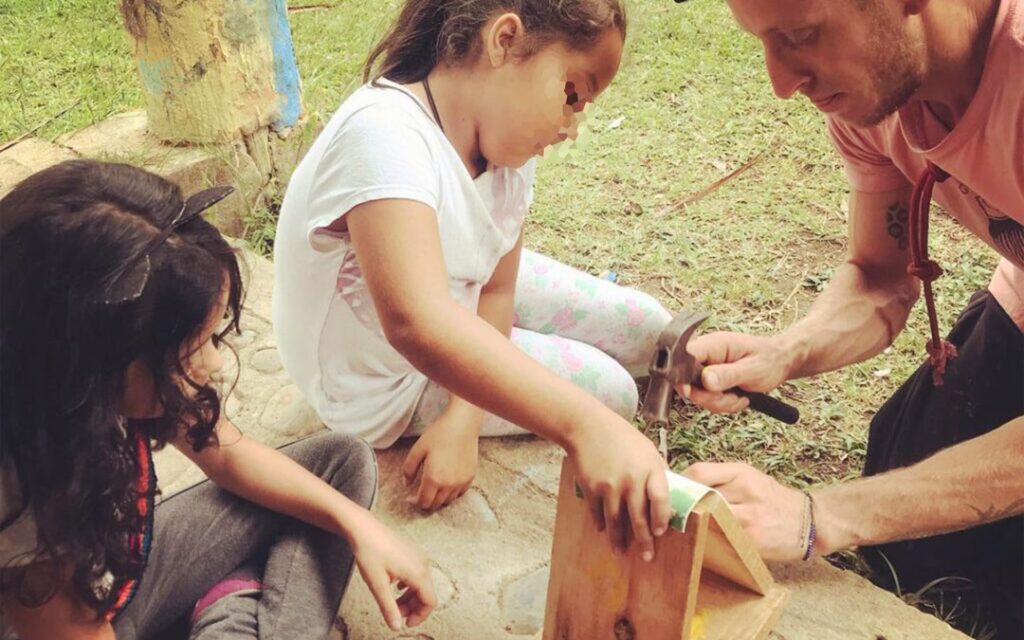
Valuing each student for who they are as a person, beyond their academic performance, is an act worth highlighting. It gives children the confidence to express themselves and participate in the community. Ana María recognizes the children’s need to find resonance in their teachers and school, providing them with a purpose and meaning in their lives, and feeling truly listened to and understood, which opens their hearts and spirits.
Collectivity
However, just as individuality is important, so is collectivity to foster values such as solidarity, unity, friendship, and harmonious coexistence amidst diversity. We live in a community, so it’s essential to learn to live in groups while still being valued as unique individuals—not segregating, but including. This involves seeking support and integration from neighboring municipalities and marginalized communities.
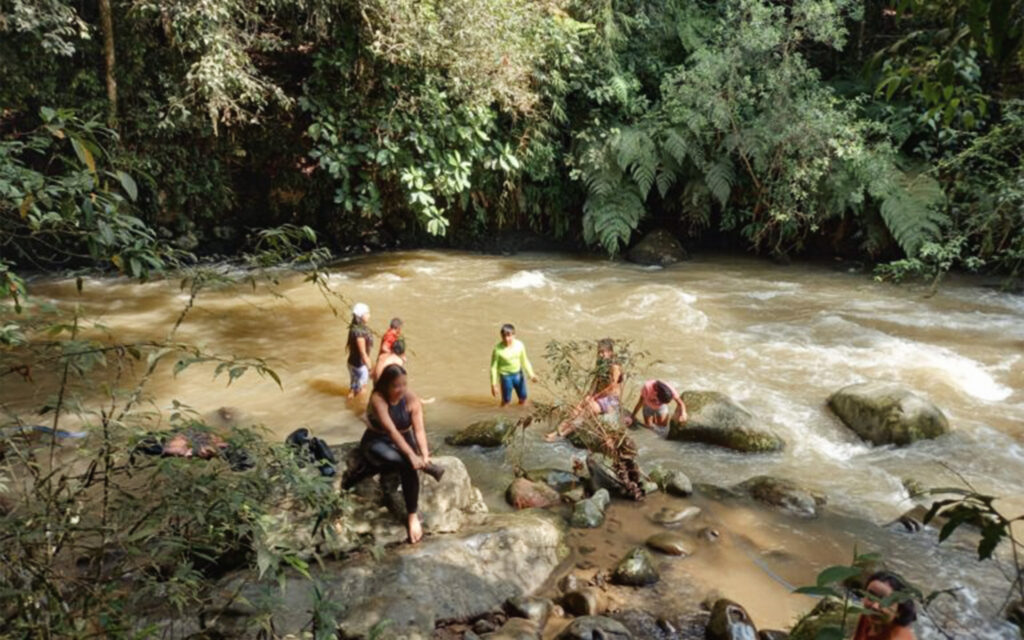
Similarly, the aim is to promote creativity, fostering an active mind that asks questions, breaks molds, criticizes, and proposes; affection, which binds us together as humans; knowledge, democracy, freedom, and dialogue for conflict resolution. Interaction with peers, contrasting information, and exchanging knowledge are essential for this. All of this happens and should happen voluntarily and on one’s own initiative, but spaces are provided to encourage such actions. For example, they have a meeting center where students and teachers gather to chat and resolve conflicts around a fire, valuing every viewpoint and initiative.
Before scientists or wealthy and famous individuals, don’t we need human beings who are critical, open, participative, who respect life, who still believe in a dignified life of coexistence, pluralism, justice, tolerance, and solidarity?”
Ana María Frankhauser
Certainly, now parents look favorably upon what their children are learning and feel satisfied with the education they receive. They notice that their children are happier, more sociable, and delve deeper into their interests, which encompass a wide range of preferences.
Agents of Environmental Conservation
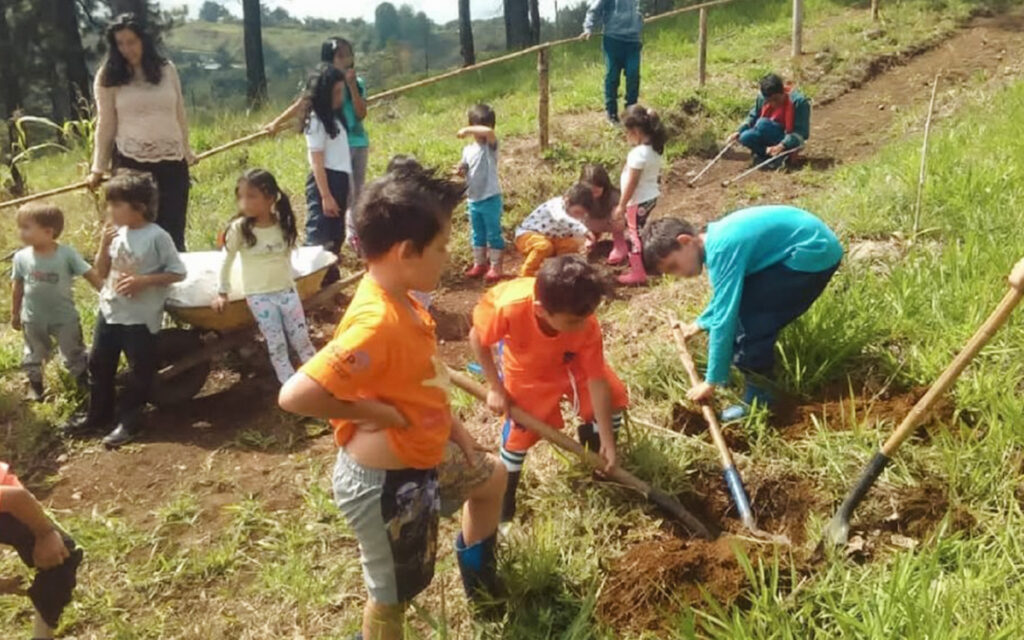
The environmental focus is fundamental for the school as they are located within a Natural Reserve. This enables them to learn firsthand about nature, but also to witness the dangers it faces if we do not change our way of life. Therefore, students actively engage in environmental practices to shape themselves as agents of conservation and change.
Currently, there are around 100 students at the school, all of whom receive training in agricultural and livestock techniques, waste management, water conservation, care and study of species, among others. This education enables them to learn to value and coexist with various forms of life. All of this underscores the reserve as a valuable asset for the social and subjective development of the child.
Promoted Sustainability
Their spaces promote sustainability, aiming to minimize impact on the area and make the best possible use of resources and waste. A case in point is their ecological bathrooms.
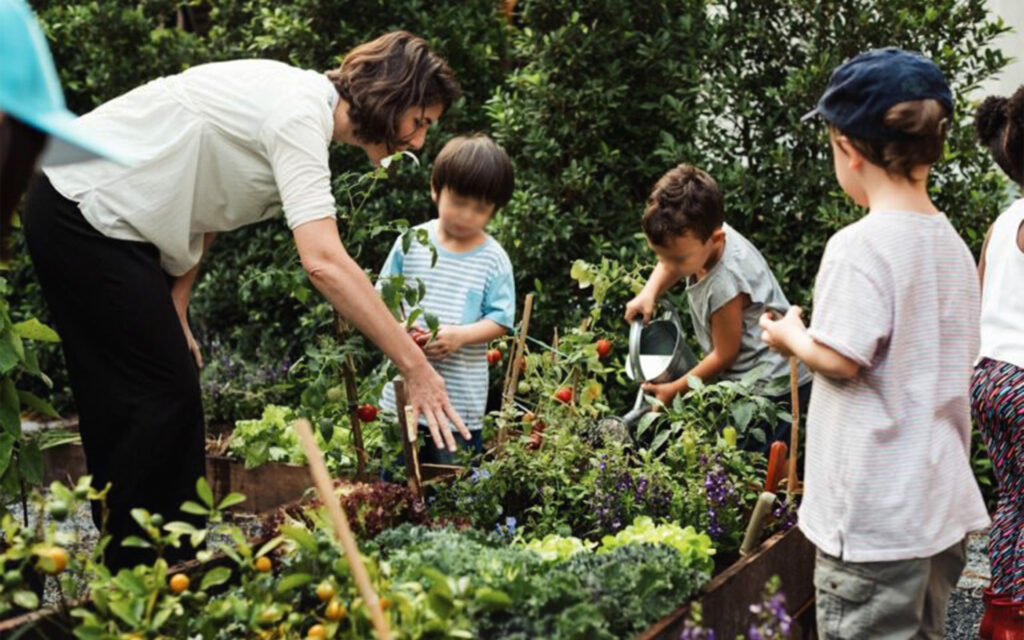
They have a farm, a nursery, and a vegetable garden where students actively participate in cultivating and harvesting their food, as well as caring for animals. Sometimes, they even rescue animals in poor condition and bring them to the farm for proper care. Additionally, they have a cistern that collects groundwater throughout the year, acting as a shallow aquifer, and provides drinking water to the entire area.
Education should evoke wonder towards life to protect it.”
Ana María Frankhauser for ColombiaVisible
However, not everything looks promising for the continuity of this innovative educational project.
Double Path Problems
For the past 7 years, the school has been disputing the land in a legal battle.The National Infrastructure Agency of Colombia (ANI) wants to build a dual carriageway of the Pan-American Highway within the reserve area, which would pass through part of the school and take away about 8,843 square meters of land from the reserve.
The construction of the dual carriageway Popayán-Santander de Quilichao would impact thousands of species of flora and fauna (many of them endemic and endangered or under special protection), rivers, communities, families, and the school itself. Not only would it undermine years of ecosystem restoration efforts, but it would also jeopardize a stream that supplies water to the reservoir (and thus the drinking water for the entire reserve), as well as an area designated for the growth of protected tree species, the school’s food sources, and the students. Not to mention the air pollution, noise pollution, and the danger of a landslide that could destroy the school.
Location of the School
From the school’s standpoint, they recognize the importance of roads for the country’s communication and commerce, so they do not oppose the construction. However, they request considering alternative locations.
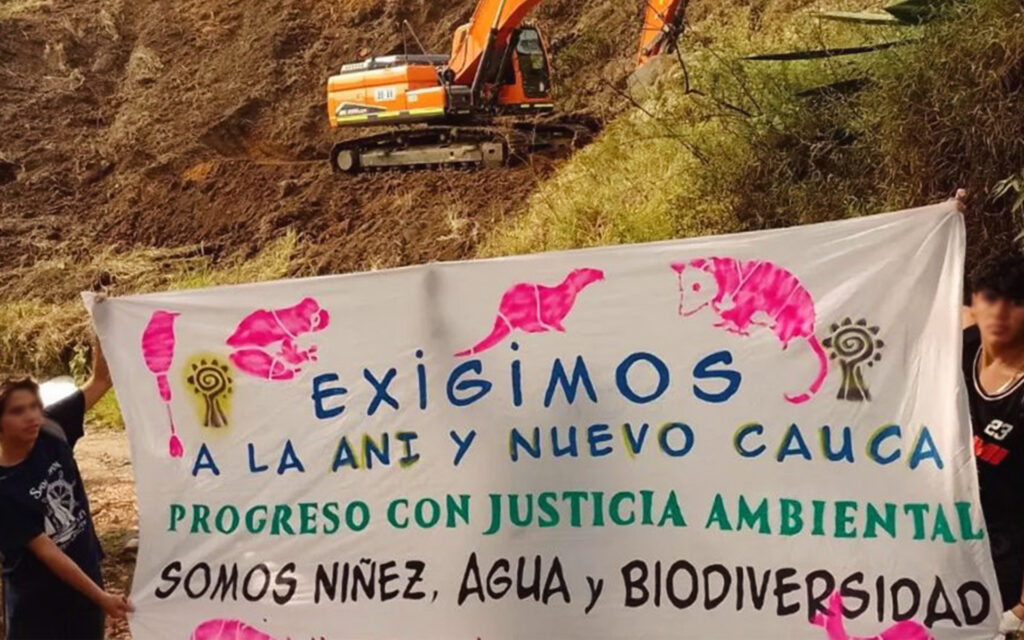
The Amalaka community itself has proposed another possible location to the government for the road. After conducting technical studies, they have presented plans showing that constructing it just in front of the designated area would generate less environmental and social impact, as there are no protected areas or nearby communities. Moreover, it would entail lower costs and be a more efficient alternative than the current one. However, the government remains reluctant, and the relevant authorities continue to ignore their protests.
Students, parents, teachers, and the entire Amalaka family have been campaigning through various means to be heard. Their primary communication platform is social media, and they have even started a petition on change.org to raise awareness for their cause. Despite receiving no response, they continue to seek dialogue between the parties to reach an agreement. Additionally, they are exploring alternatives that would allow them to sustain themselves financially, continue providing quality education in the area, and increase enrollment capacity to accommodate more students.
Undoubtedly, it would be a shame if the construction of a road were to thwart a project like Amalaka’s. This educational project fully commits to fostering the holistic growth of its students, aiming to develop responsible citizens who care for society and the planet. Educators should consider integrating such a perspective into any school curriculum, as it is more necessary now than ever before.





